---Edit as per Comment---
This screenshot shows a possible structure which you can approach. Of course, you can take a design that best suit your application.

So ControllerLib is a separate Class Library project which is brought into the main project as a Service Reference (which is not shown in the screenshot but should be inside the References folder of the SecondMVCApplication project). The two controller file (HomeController.cs and LocationController.cs is a controller file that implemented the Controller class, which is the same thing as a Controller file when you create a new MVC4 application using the template)
So for your question regarding if there is a SVC file. NO. In MVC 4, there is no such thing as a SVC file whether the application is one project or a combination of multiple project (unless I am mistaken). Inside the SecondMVCApplication, there is a file called RouteConfig.cs which holds the routing URL and as long as you add the Service Reference and there controller function exists. The code will run. Also the sample screenshot I showed also includes a WebApiConfig.cs file. You can use that file to do API stuff for mobile if you need. So, the regular RouteConfig.cs handles website request and the WebApiConfig.cs handles API request.
Good to Note: If you are using a Model project as a separate project (which I know you will as it is a M-V-C project...DUH!!). Make sure you put your connection string inside the web.config main project (in this case, the SecondMVCApplication). I remember I was stuck in this problem for 3 days (8 hours each) trying to fix this problem. Hope you don't run into it.
---End Edit---
The following answer to your question is mostly based on my knowledge and may or may not be true to all users.
- Is MVC 4 Web-Api Service more as front end?
This depends on how you look at it. Typically, a Web-API service is more suited for creating back-end service to provide a data payload to different platforms, like mobile, desktop apps and so on. However, a MVC4 Internet Application will have front-end aspects in them, namely the Views, which end-users sees.
- How do I consume the Service in just a basic console app?
AFAIK, there is two way to do this. One if to consume the APIs as a Service Reference. Another is to use HTTP operation (which I will mention in your question regarding the HTTP client and reserve this answer using the Service Reference method).
This depends on how your application is done. Like I said, if it is a website, your MVC pattern will not need to do anything, but the Models, Views and Controllers all are designed to work together without using any service.
Although, as I mentioned in the comments to the questions, if it is a big application then you will need to break them into different projects that will make the app modular and nimble. So you will end up creating different Service Library. If you go down the Service Library road, then you just make use of the Add Reference option to bring in your API/Projects/Whatever-you-call-it into the project. (For this, I normally put all project inside a single solution and let Visual Studio manage the build order as I am lazy to write up a build script).
Similarly, the same logic could be applied when consuming your web service in a console app.
- I have figured out the only way to consume it is by using HttpClient are there other ways?
One way to consume web APIs is using HTTP. Are you aware of how to write http request headers and handle http response. If so, this is the second way I mentioned. You call the web service through it's URL and then get the data and do whatever work. If your answer to use http in console app is NO, then look at this post: Create HTTP post request and receive response using C# console application
- What happens if web-api is requesting a object "Task" for post method as an example how am I able to fill an object "Task" and post it back to the web-api?
I think I indirectly answered this in your previous answer (assuming you are going to take the HTTP road). If not, then comment and I'll see if I can find some resource for you.
- The webservice would be used internally is it worth it to have an web-api service?
I sort of answered this in the comment to the question. Ask if you need clarification.
Hope all this helps.
